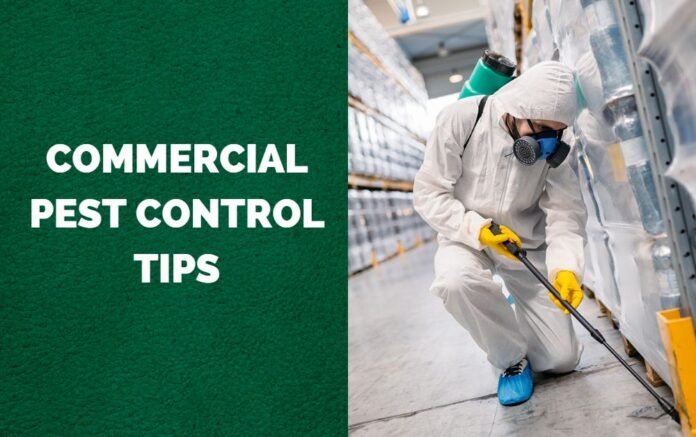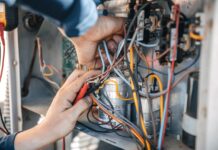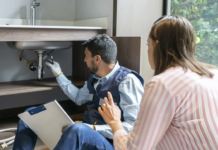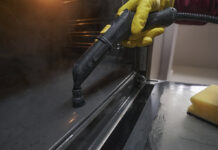Effective commercial pest control is essential for maintaining a clean and safe environment in any business setting. Whether you’re managing an office, retail space, or industrial facility, preventing and addressing pest issues is crucial for protecting your property, reputation, and the health of your employees and customers. Implementing a proactive pest control strategy not only helps to minimize the risk of infestations but also ensures compliance with health and safety regulations, which is vital for the smooth operation of any business. Here are some commercial pest control tips to help keep your business free of pests:
1. Regular Inspections
Schedule routine inspections to identify potential pest problems before they become serious. Look for signs of pests such as droppings, nesting materials, and damage to property.
2. Sanitation Practices
Maintain high levels of cleanliness in all areas of your business. Regularly clean spills, dispose of garbage properly, and avoid leaving food out.
3. Sealing Entry Points
Inspect and seal cracks, gaps, and holes in walls, floors, and around windows and doors. Pests often enter through these small openings.
4. Proper Waste Management
Ensure that waste is stored in sealed containers and removed regularly. Keep trash areas clean and free of food residue.
5. Landscaping Maintenance
Keep vegetation and landscaping well-maintained. Overgrown plants and piles of leaves can provide hiding spots for pests.
6. Pest-Proofing Equipment
Regularly inspect and maintain equipment to ensure it’s in good working order. Equipment that’s not properly maintained can attract pests.
7. Monitoring and Trapping
Use traps and monitoring devices to detect and control pest populations early. This includes sticky traps for insects and rodent traps.
8. Employee Training
Educate employees about pest prevention practices and the importance of reporting any pest sightings or potential issues immediately.
9. Professional Pest Control Services
Engage a licensed pest control professional to implement and monitor a pest management plan tailored to your specific business needs.
10. Documentation and Reporting
Keep detailed records of pest control efforts, including inspection results, treatments applied, and any pest sightings. This helps in tracking pest trends and the effectiveness of treatments.
11. Temperature Control
Maintain appropriate temperature levels, as some pests thrive in specific temperature ranges. Use air conditioning and heating systems effectively.
12. Regular Maintenance of Building Infrastructure
Ensure that building infrastructure, including roofs, gutters, and foundations, is in good repair. Damaged infrastructure can provide entry points for pests.
13. Use of Non-Chemical Methods
Where possible, use non-chemical methods like traps, physical barriers, and environmental controls to manage pests.
14. Compliance with Regulations
Ensure that your pest control methods are in line with local pest control regulations and Australian Standards to avoid any legal problems and potential fines.
By incorporating these strategies, you can effectively manage and prevent pest problems in Commercial Pest Control. For more tips on commercial pest management, please visit https://www.a1pestcontrol.com.au/


















